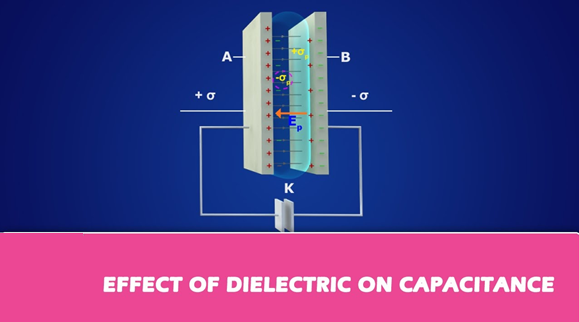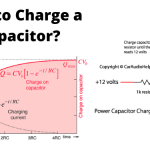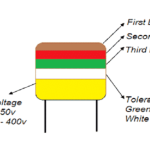As the charges deposit on the plates of the capacitor, an electrostatic field is formed. The strength of this electrostatic field depends upon the magnitude of charge on the plate and the permittivity of the dielectric material. Permittivity is the measure of dielectric whether how far it allows the electrostatic lines to pass through it.
The dielectric is actually an insulator. It has electrons in the outer most orbit of the atoms. Let us observe how they get affected. When there is no charge on the plates, the electrons in the dielectric move in circular orbit. This is as shown in the figure below.

When charge deposition takes place, the electrons tend to move towards the positive charged plate, but still they keep on revolving as shown in the figure.

If the charge increases further, the orbits expand more. But if it still increases, the dielectric breaks down shorting the capacitor. Now, the capacitor being fully charged, it’s ready to get discharged. It is enough if we provide a path for them to travel from negative to positive plate. The electrons flow without any external supply as there are too many number of electrons on one side and barely any electrons on the other. This imbalance is adjusted by the discharge of the capacitor.
Also, when a discharge path is found, the atoms in the dielectric material tend to get to their normal circular orbit and hence forces the electrons to get discharged. This kind of discharge enables capacitors to deliver high currents in a short period of time, just as in a camera flash.



Comments are closed